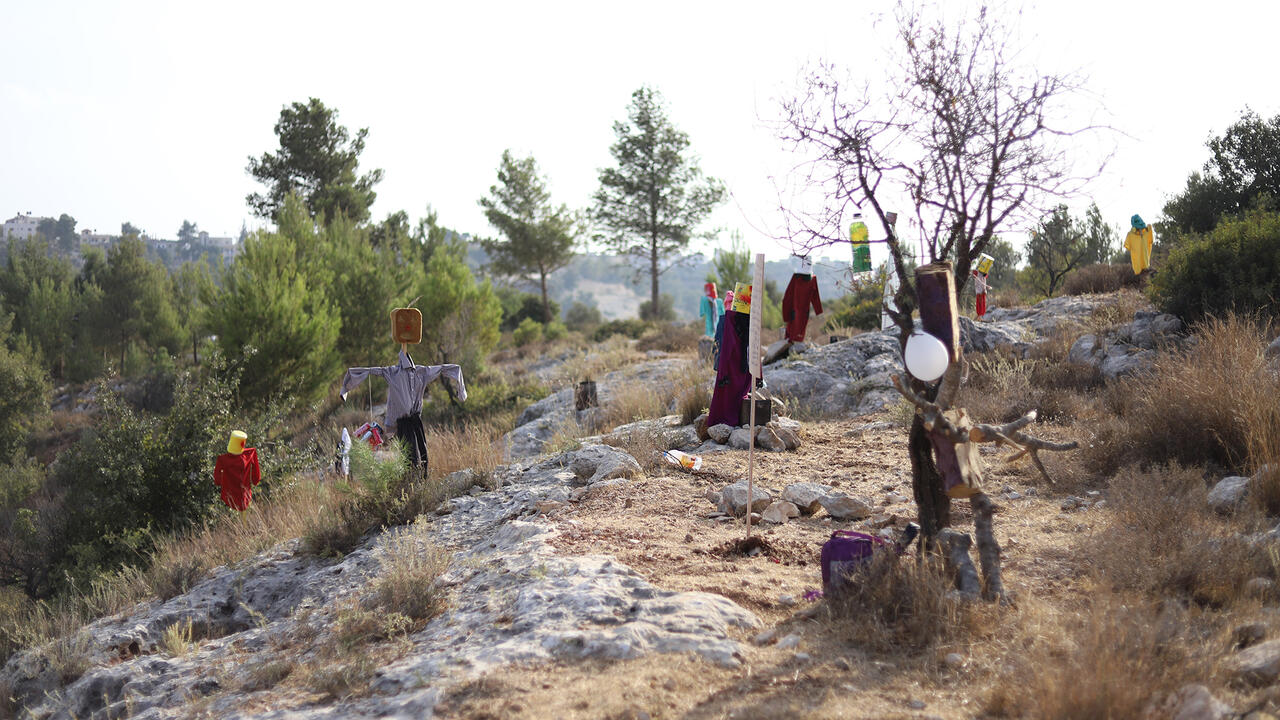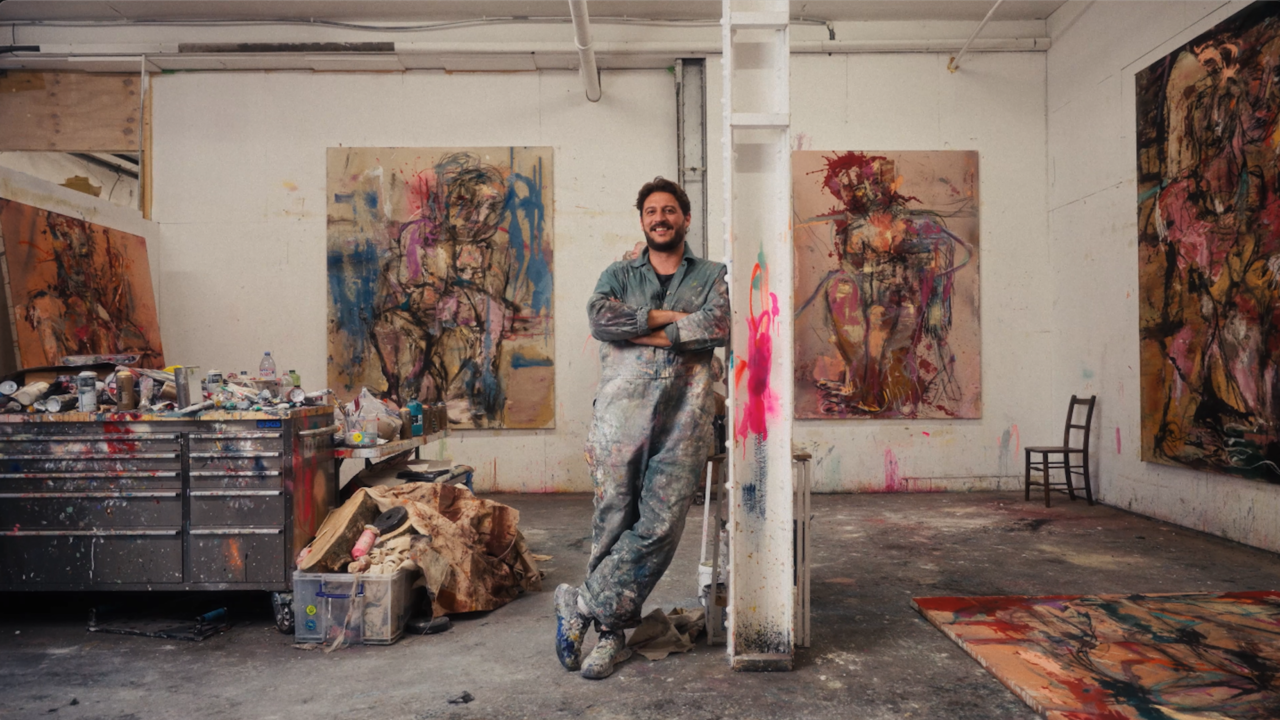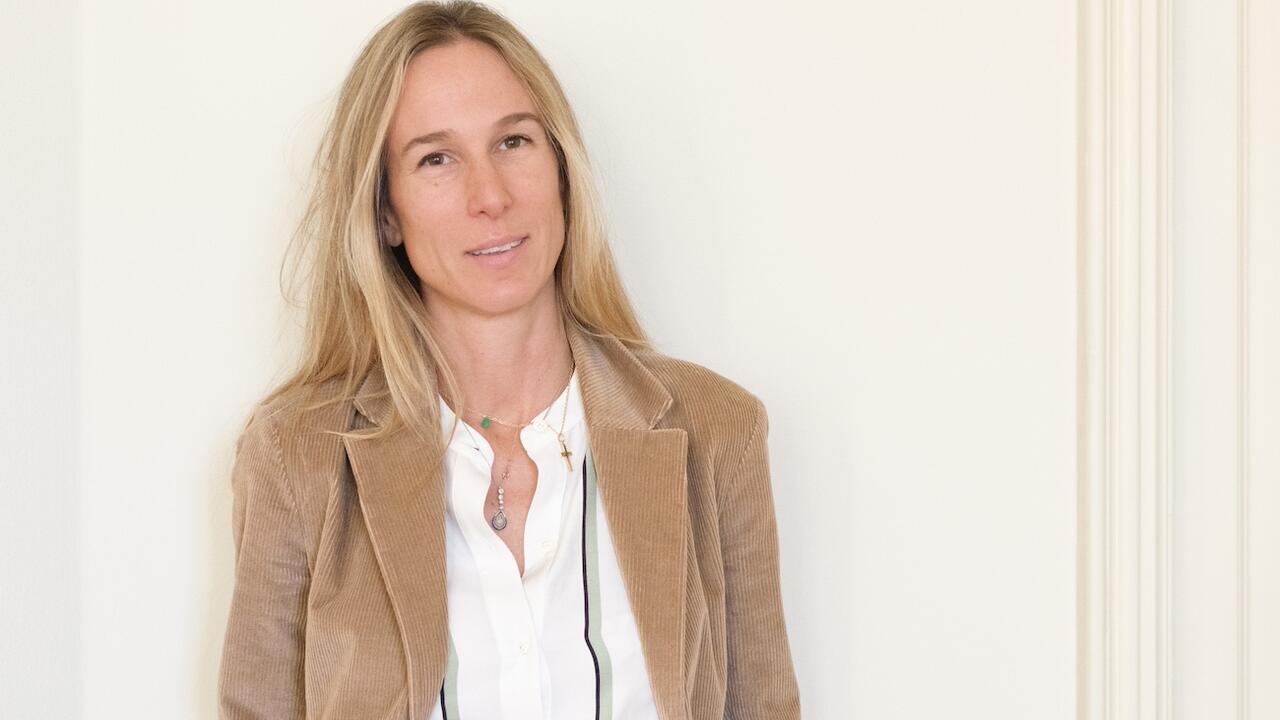Lena Henke Discusses Distances and Desires
From fetishistic sculpture gardens in Italy to a giant breast in New York, the artist speaks with Carina Bukuts on what role gender and sex play in public art
From fetishistic sculpture gardens in Italy to a giant breast in New York, the artist speaks with Carina Bukuts on what role gender and sex play in public art

Carina Bukuts With many galleries and museums closed due to the pandemic, public art has become more important than ever. How has the notion of public space changed for you over
the past year?
Lena Henke With private spaces feeling claustrophobic during lockdown, public spaces have had to step in to meet our needs. In these unprecedented times, however, we have had to redefine public space, rejecting the banal passivity of our former daily commutes and, instead, engaging with our surroundings more actively. Resourceful curators have been able to harness this renewed interest and enthusiasm for public spaces by organizing exhibitions that transform our perception of the everyday. ‘Werner Düttmann Building: Berlin’ – an exhibition of the architect’s postmodernist buildings in Berlin, organized by the Brücke Museum – is one shining example.
CB A common thread that runs through your work is the exploration of art in public – from sculpture gardens and land art to landscape design. What can we learn from art outside of the museum context?
'I’m inspired by spaces that reflect the influence of their surroundings: local history, architecture and socio-economic conditions.' – Lena Henke
LH I’m inspired by spaces that reflect the influence of their surroundings: local history, architecture and socio-economic conditions. By walking through such places, our bodily experience is also intensified. The architecture of a garden or park can both limit and expand the visitor’s own physicality in relation to their environment.

CB Art presented outdoors – especially in nature – demands a different physical commitment.
LH Yes, gardens enclose your body. Mounds, hedges and openings inspire not only visual but also tactile participation. Plants serve as organic matter to build an emotional landscape. The ever-changing conditions of an outdoor environment function as an antidote to the inertia of the white cube.
CB Your 2016 exhibition ‘My History of Flow’ at SALTS, Basel, took inspiration from the mannerist Sacro Bosco (Sacred Grove) in Bomarzo, Italy, commissioned in the 16th century by patron Pier Francesco Orsini. Colloquially known as the Park of Monsters, it features gigantic sculptures of mythical creatures such as syrens, titans and nymphs. However, for your show, you created a miniature ceramic model of The Leaning House [1552]. Why did this house catch your attention rather than the fantastical creatures?
LH After visiting various sculpture gardens, I discovered that those designed by a single mind are often eccentric, fetishistic, irrational and the result of compulsive behaviour. Orsini’s park is a good example of that. The Leaning House breaks down the stable figuration of architecture, playing with your body and mind. You contort yourself to the house.

CB In your exhibition, however, Mulberry House after Orsini [2016] was the only element that was standing straight.
LH In fact, I tilted the floor and walls of SALTS at a four-degree angle to make the sculpture appear straight. In altering the physical structure of the gallery, and in challenging visitors’ spatial perceptions, I was thinking of the Ganzfeld effect – whereby the brain, attempting to locate the missing visual cues in an unstructured field, is induced into a hallucinatory state. This effect was explored by artists such as James Turrell and Barnett Newman to break down stable configurations of space. In a later version of the house, however, I added titled plinths.

CB Your work City Lights (Dead Horse Bay) [2016], a bronze model of Manhattan, also plays with perspectival shifts. Contoured to fit onto a horse head-shaped base, the work not only references Dead Horse Bay in Brooklyn (famously used as a landfill site by New York city planner Robert Moses in the 1950s) but also cites iconic works of land art, such as Robert Smithson’s Spiral Jetty [1970].
LH City Lights (Dead Horse Bay) addresses the ‘urban-planning gender gap’ – to use a term coined by Argentine architect Ana María Falú in a 2016 lecture for UN-Habitat – of New York, which is a heavily male-oriented city in its planning and architecture. Land art still has very gendered connotations, too. Therefore, my Spiral Jetty is embedded as the fluffy cum created by two of my sculptures fornicating in a 69 position and I placed Nancy Holt’s Sky Mound [1984–ongoing] in New Jersey as a counterbalance, which transformed the problem of waste into a fertile ground for art.
CB There are only a few examples of women artists who have executed large-scale public art projects. Addressing this gender imbalance, your proposal for the High Line Plinth in New York, Ascent of a Woman [2017], took the form of a giant breast.
LH I planned on sculpting a gigantic, upturned breast out of sand. The work built upon my series ‘Female Fatigue’ [2015] and continued my exploration of urban space and the depiction of the female body.

CB By alluding to breastfeeding, the piece also addresses the vast amount of invisible labour carried out by women.
'For me, art is a mode of reproduction that has explicit sexual, sculptural and biological implications.' – Lena Henke
LH For me, art is a mode of reproduction that has explicit sexual, sculptural and biological implications. While my ‘Female Fatigue’ series placed mental projections of the architecture of New York in dialogue with the female body, Ascent of a Woman further blurred the relationship between the two, presenting the city and the body in a surreal entanglement with one another. The High Line was once the lifeline of New York, transporting goods into Manhattan; in my work, the breast and its milk became the lifeblood
of the city.

CB In your comic love story Yes, I’m Pregnant! [2014], you further address the dominance of public art created by men by rewriting the history of modernist sculptures from the perspective of a female bronze figure, who finds herself pregnant and receives little support from her fellow sculpture friends.
LH In Yes, I’m Pregnant!, the pregnancy signalled cultural casting of moulds of female subjectivity that I adopted, triggered and changed, while putting them in relation to the history of sculptural production. In my practice, I highlight approaches and sensualities that often escape the male gaze and therefore also pursue different ways of generating sculpture than my male colleagues.
This interview is part of a series on public art that will appear in the May issue of frieze.
Main image: Lena Henke, R.M.M. (Power Broker Purple), 2020, and R.M.M. (Organ, Organ, Organ Red), 2020, installation view, Frieze Sculpture, Rockefeller Center, New York. Courtesy: the artist and Bortolami Gallery, New York
























